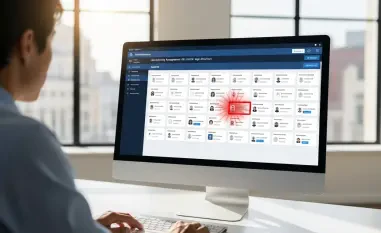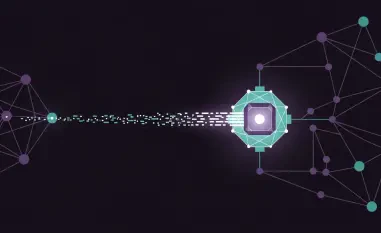In the complex field of cybersecurity, the recent emergence of ToolShell exploits marks a critical advance in the tactics used by cybercriminals to target Microsoft SharePoint servers. These attacks, characterized by their exploitation of zero-day vulnerabilities, pose significant challenges for organizations relying on SharePoint for their day-to-day operations. The vulnerabilities CVE-2025-53770 and CVE-2025-53771 have rapidly gained notoriety. Their chaining has resulted in serious repercussions for numerous industries, raising concerns about the state of cybersecurity defenses in the face of increasingly sophisticated threats.
Examining the Functionality and Performance of ToolShell Exploits
ToolShell exploits have captured significant attention within the cybersecurity community due to their ability to effectively breach systems using yet-to-be-patched vulnerabilities. The intrigue surrounding these exploits originates from the confusion and debate over the exact nature and combination of the vulnerabilities involved. Initially, researchers unveiled a demonstration proving how CVE-2025-49706 and CVE-2025-49704 could be used in conjunction for unauthorized system access. Despite earlier patches that were released for these vulnerabilities, attackers skillfully bypassed the protections, prompting the identification of new CVEs—CVE-2025-53770 and CVE-2025-53771—both instrumental to the ToolShell attack strategy.
In the specific case of CVE-2025-53770, the flaw constitutes a significant deserialization issue, allowing remote code execution without authentication. This defect’s ramifications extend deeply into system security, facilitating access to critical parts for malicious interference. Meanwhile, CVE-2025-53771, a path traversal flaw of medium severity, exploits authenticated sessions to further deepen system compromise. When combined, these vulnerabilities can unleash devastating impacts, leading to potentially irreversible damage to system integrity.
Dissecting the Real-World Impacts
The deployment of ToolShell exploits across various industries illustrates the severity of the challenges they introduce. High-value sectors, such as critical infrastructure, manufacturing, and technology consulting, have witnessed targeted strikes seeking to exploit their unique positions within the digital landscape. Noteworthy incidents include attacks on energy corporations, universities, and government agencies, painting a picture of widespread insecurity that has affected countless institutions globally. Despite Microsoft issuing patches, the aftermath reveals persistent exploitation, sometimes bypassing updated security measures.
Reports from companies such as SentinelOne and insights from organizations like The Washington Post have highlighted the involvement of state-sponsored actors. These sophisticated threat actors leverage exploit opportunities to launch reconnaissance missions and conduct in-depth campaigns. The data stemming from these incidents suggests that such attacks arise from opportunism and strategic intent, further emphasizing the vulnerabilities that unpatched systems face.
Strategic Approaches and Future Considerations
Addressing the fundamental challenges posed by ToolShell exploits necessitates a multi-faceted approach. Organizations must grapple with both technical obstacles, stemming from the intricate nature of the vulnerabilities, and market dynamics that complicate patch deployment. ToolShell exemplifies the relentless nature of cyber threats, demanding an immediate response through proactive measures, including timely application of security patches and adoption of additional security protocols, such as the Antimalware Scan Interface (AMSI).
Immediate strategies to mitigate risks hinge on the timely application of available patches, although concurrently implementing advanced security measures is crucial. Recommendations include rotating cryptographic keys and activating comprehensive security scans to forestall further breaches. Considering the ongoing evolution of cybersecurity threats, business leaders and IT professionals should prioritize staying informed about the latest trends and recognize the need for constant vigilance.
Reflecting on the Response to SharePoint Exploits
The revelation of ToolShell exploits underscored a compelling demand for strengthened cybersecurity frameworks to counter multifaceted attacks. Although efforts to address the technical vulnerabilities involved were undertaken, continued advancements from threat actors revealed gaps in both preventative strategies and response capabilities. With state-linked organizations often identified as perpetrators, the exploits served as a stark reminder of the geopolitical dimensions in cyber warfare, highlighting the need for collaboration and readiness within the cybersecurity ecosystem.
Ultimately, the unfolding scenario prompted organizations to rethink their responses, emphasizing the integration of robust cybersecurity strategies into their business models. Pursuing continuous improvement through adaptive security solutions and policies became essential to counteract the complex threat landscape, demonstrating the importance of staying one step ahead of adversaries.













